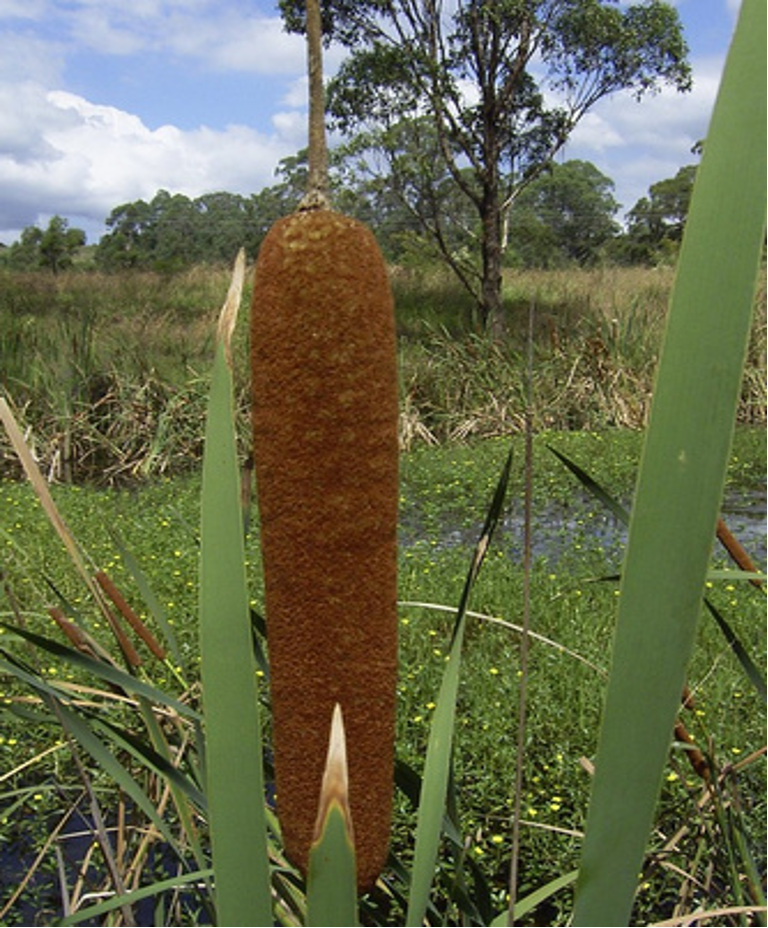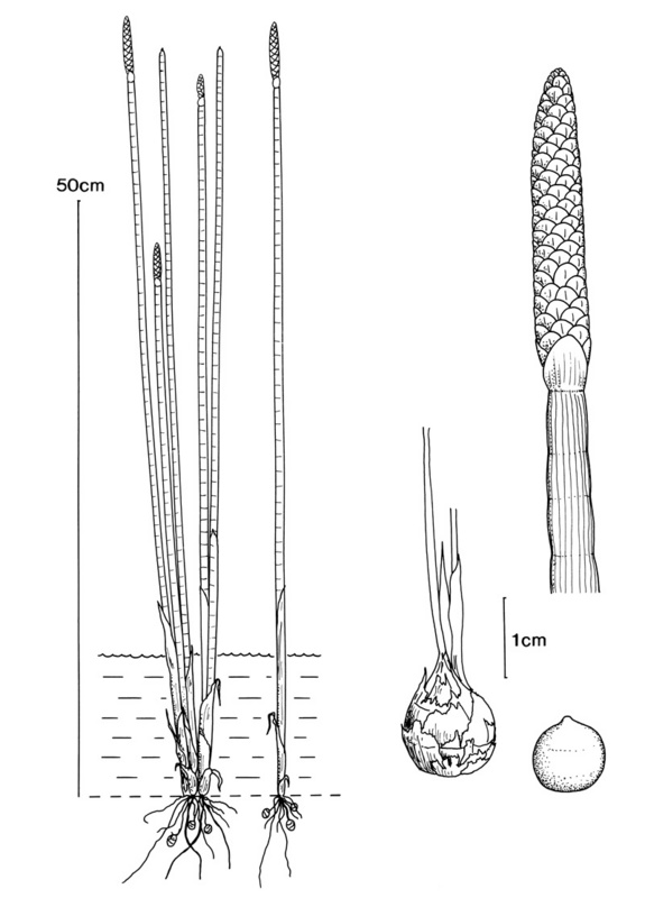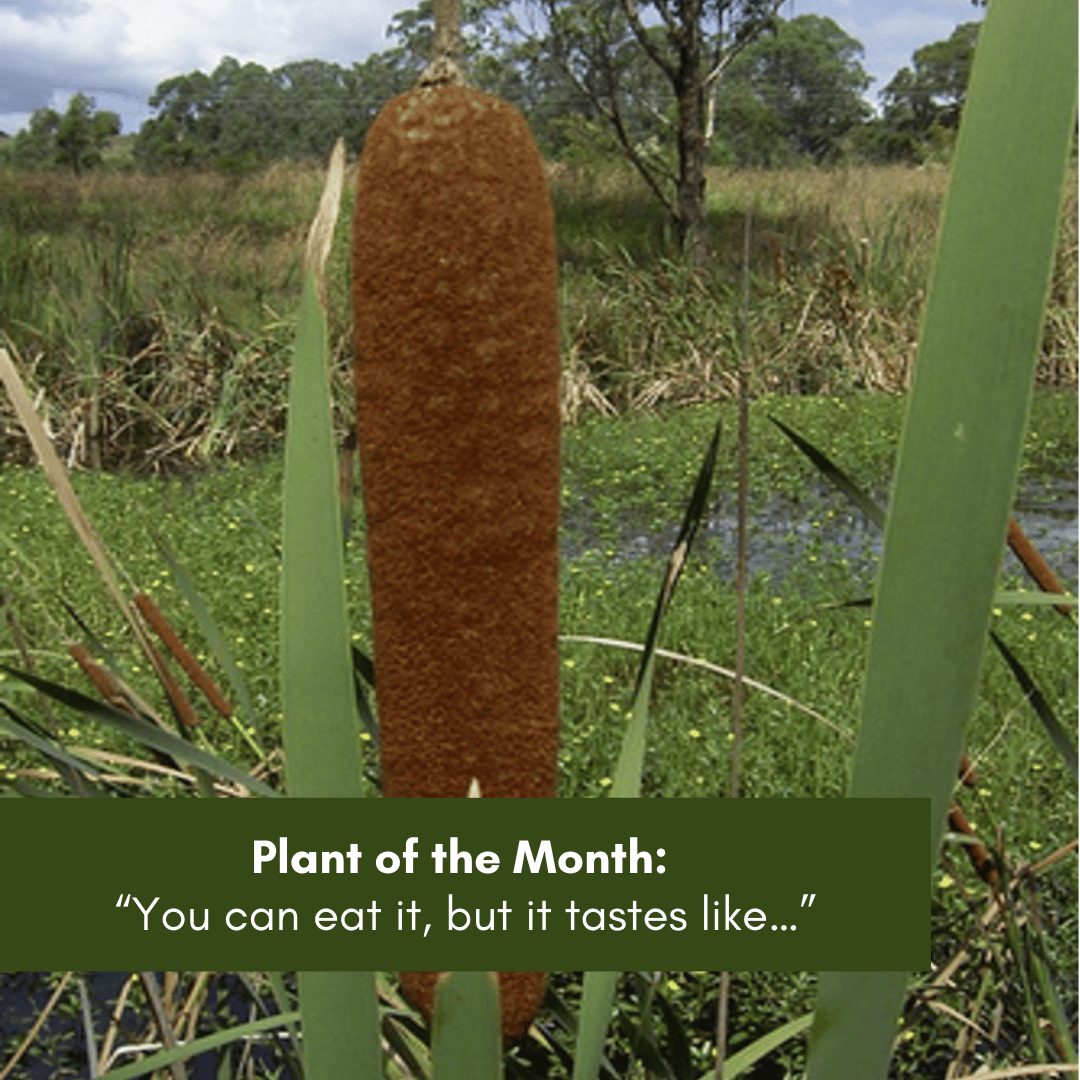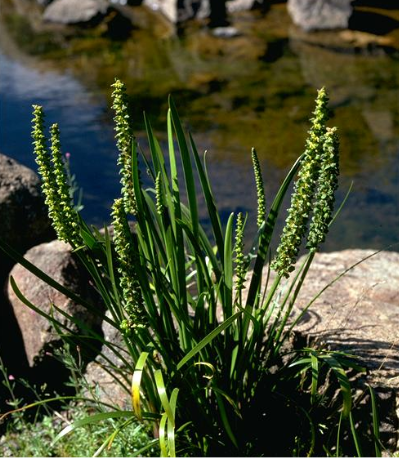Following on from our recent Bush Foods day at Blandford I’m taking a break from trying to identify Eucalypts and looking at some of our local bushfoods. Within the Hunter there would be well over 200* species of native plant which are or have been recorded as edible, this includes the “snack foods” generally small, sweet fruit available only in small amounts, the ones which have been recorded as edible but you’d have to be really hungry, the ones that while providing a lot of food require sometimes quite complex preparation to remove toxins and there’s the staples which can provide lots of starch but can be fairly bland.
Much of this latter group are found on fertile, well watered soils generally on valley floors, and in particular swamps and wetlands, which also tend to be prime grazing land, so it doesn’t take much to realise that the conflict over land use was inevitable.
Swamps and waterways are prime real estate for food gathering, not only are they important as water sources they are home to yabbies, mussels, fish and waterfowl and with most animals needing to come in for a drink at some stage are good sites for hunting. As well as these given the high fertility and water availability wetland plants grow fast and often with few toxins so collecting large amounts in a short time can be quite easy.
Some of the common food plants found in waterways and swamps include:
Bullrushes, Cumbungi (Typha spp. )
An easily recognised and very useful plant, the leaves were used for weaving and many parts were used as food sources, young flowers were cooked and eaten similar to corn, young shoots were eaten, rhyzomes were cooked, pounded to remove the starch which was then cooked again, sometimes with the pollen added.

Typha flower head, source: https://plantnet.rbgsyd.nsw.gov.au/cgi-bin/NSWfl.pl?page=nswfl&photo=28&file=47/991/Typha%20orientalis%20flower%20620.JPG

Source: https://plantnet.rbgsyd.nsw.gov.au/cgi-bin/NSWfl.pl?page=nswfl&photo=25&file=47/838/Eleocharis%20dulcis.jpg
Water Chestnuts, Spikerush (Eleocharis dulcis)
Like many water plants Water Chestnuts has a fairly cosmopolitan distribution, seeds no doubt getting caught in the feathers of migratory waterbirds and moved around the world and are the same as the Chinese Water Chestnut many are familiar with. They are a good source of sugars, starch and protein.

Water Chestnut bulb, source: https://www.agric.wa.gov.au/chinese-water-chestnuts/chinese-water-chestnuts-western-australia
Water Ribbons (Cycnogeton procerum previously Triglochin procerum)
Another water plant, this one with edible tubers, leaf bases and flowers. As with most rhizomes and tubers roasting makes them a lot sweeter.
And as with any unknown plant proper identification is vital as well as checking multiple references on edibility and uses.
(*I did a listing in 1998 of 197 edible local species and I’ve found, and nibbled on, many more since that)


